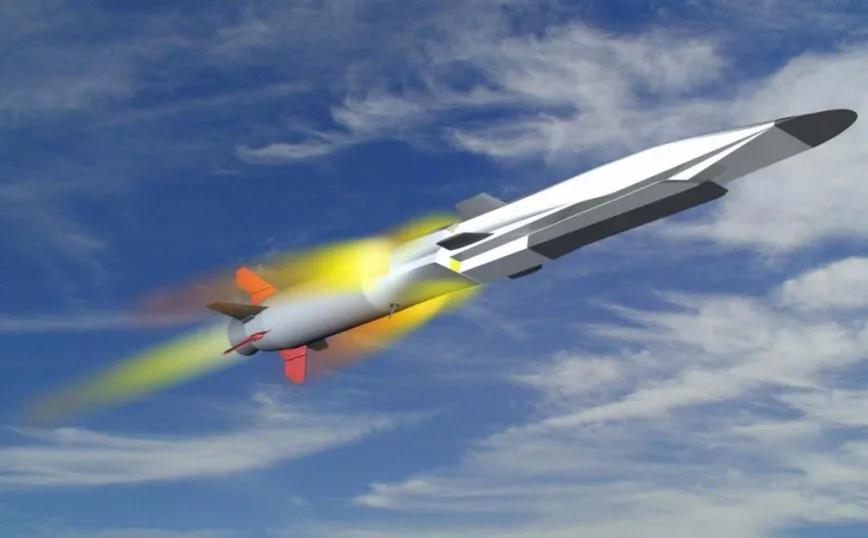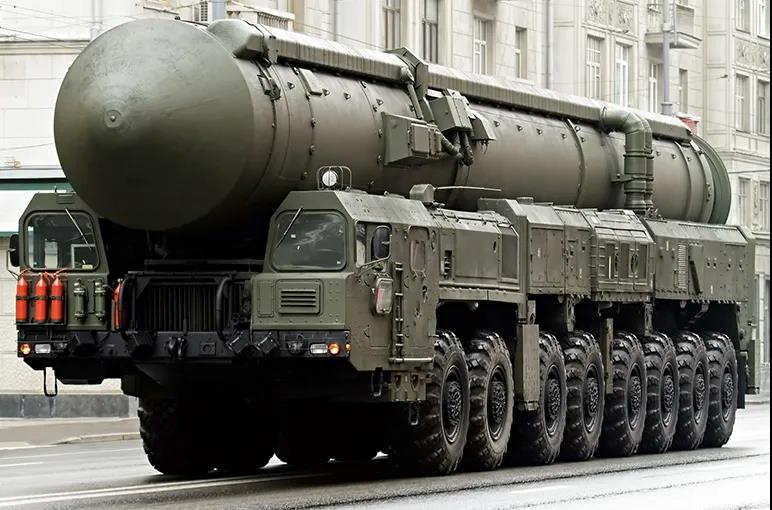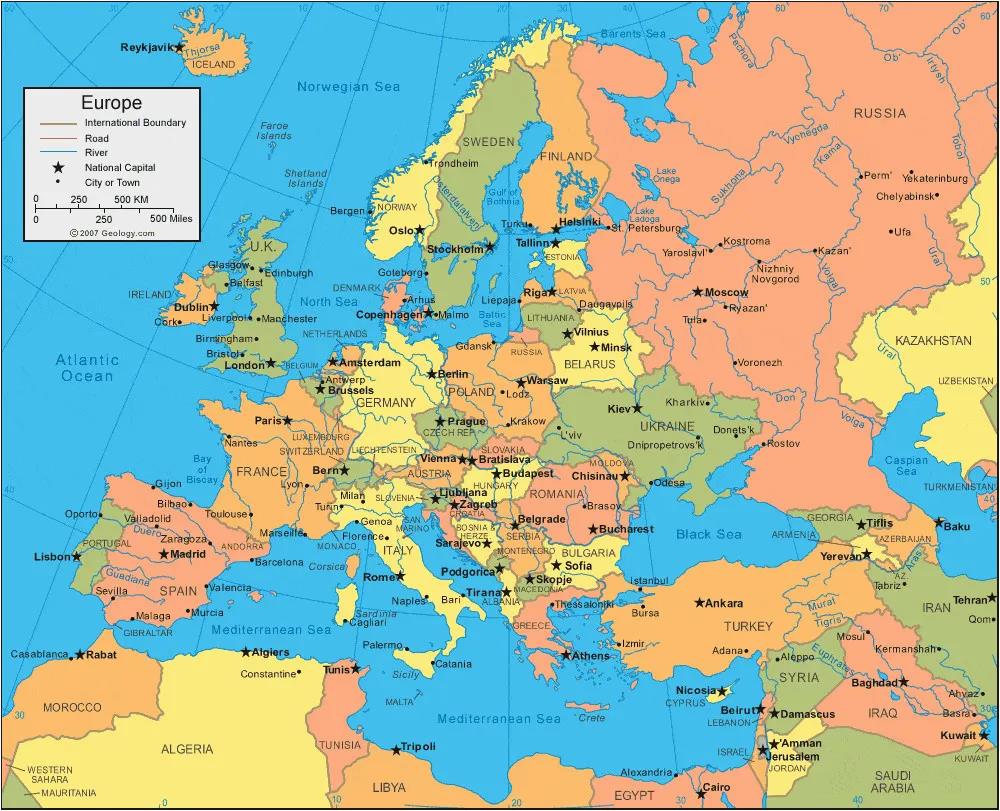The Russian hypersonic strike system has basically taken shape
According to the Russian news agency Sputnik on August 18th, Russian Defense Minister Shoigu stated that the "Zircon" hypersonic missile has completed testing and its accuracy cannot be effectively countered with the current missile defense system. It can enable the Russian military to quickly strike enemies from the air and sea.
In recent years, Russia's strategic leadership has attached great importance to the Russian military's second nuclear strike capability, which is an effective means of maintaining a state of mutual assured destruction (MAD) against the United States. To this end, Russia has vigorously developed hypersonic weapons, forming a hypersonic weapon system consisting of "Zircon", "Vanguard", "Dagger", etc., to cope with the further deterioration of Russia's geopolitical environment, expand asymmetric advantages, offset US missile defense forces, and achieve overall strategic balance.
As early as 2014, Russia proposed the construction of a "non nuclear containment system" in the new version of its "Military Doctrine", which includes the use of "non nuclear containment" weapons and technological equipment in research and development, testing, and exercises to demonstrate "non nuclear containment" capabilities. Hypersonic weapons with breakthrough advantages and enormous destructive effects are undoubtedly part of the "non nuclear containment system", and are explicitly recognized as an important means of non nuclear containment in Russia's "2018-2027 National Weapons and Equipment Development Plan". Such weapons are regarded as new conceptual weapons for maintaining and expanding military strategic advantages. The most representative ones are the hypersonic missiles being developed by the Russian military, such as the "Vanguard," "Dagger," and "Zircon.
As the new generation intercontinental missile of the Russian military, the "Vanguard" hypersonic missile is an intercontinental missile equipped with a hypersonic glider. The warhead is usually carried by "RS-19", "RS-28" or "R-36M2" intercontinental missiles, with a maximum flight speed of over 20 Mach and a range of over 10000 kilometers. It can fly at high speed in dense atmospheres, combined with flight path planning and high maneuverability, breaking through the current anti missile defense system. The Russian military is building its first "Vanguard" hypersonic strategic missile regiment, which will be fully equipped and put on combat duty in the fourth quarter of 2021.
The "Zircon" hypersonic missile is an anti-ship missile that can use both low altitude and high-altitude ballistic attacks, with a range of 500 to 1000 kilometers and a maximum flight speed of 9 Mach. It is powered by a scramjet engine and guided by active/passive radar guidance. It is mainly used to strike enemy large surface combat vessels. At present, "Zircon" will complete national testing before 2021 and be deployed to other Russian Navy vessels such as the 22350 frigate and the 885M Yasen-M multi-purpose submarine.

The "Dagger" hypersonic missile is an airborne missile used by the Russian military to strike fixed high-value targets. The missile has a range of up to 2000 kilometers and a maximum flight speed of 10 Mach, and can carry conventional or nuclear warheads weighing 480 kilograms for missions. The missile adopts a composite guidance mode of inertial guidance and satellite guidance, with a strike accuracy of 10 to 20 meters. It is mainly mounted by Russian Air Force MiG-31 fighter jets and Tu-22M bombers. It entered service in 2017 and has been equipped by multiple Russian military forces, forming a certain scale.
The hypersonic weapon system developed by the Russian military has been put into service with corresponding equipment and has formed combat effectiveness. Over time, more hypersonic weapons will be received to further enhance the Russian military's ability to strike large surface vessels, strengthen fixed-point attacks on fixed targets, and remotely strike strategic threats.
The economic problems in Russia are constraining the development of the Russian military's standing military force. Since being subjected to economic sanctions by Western countries in 2014, the Russian economy has suffered a huge blow, with the severe impact of the currency crisis. The ruble has depreciated by more than half, a new round of inflation has resumed, personal income has declined, and output has shrunk by 2.7%. In the following six years, Russia's tight national economic policies and deteriorating international economic environment made it difficult for the energy dominated economy to cope with the complex external environment. In 2020, the military expenditure of the Russian military was 61.7 billion US dollars, ranking fourth in the world in terms of military expenditure, less than one twelfth of the 778 billion US dollars of the same year for the US military. The limited defense budget makes it impossible for the Russian military to compete with the US military in the development of conventional military forces, and can only develop relatively advantageous military industries, forming asymmetric competitive advantages and narrowing the gap with strategic opponents.

Develop 'killer' weapons and form asymmetric advantages. In 2021, Russian President Putin delivered his 17th State of the Union Address, stating that in terms of military affairs, the Russian military is committed to improving and consolidating its armed forces, continuing to develop and research cutting-edge weapons. By 2024, the share of modern weapons and equipment in the Russian military will approach 76%, and a series of trump cards have been revealed, including hypersonic missiles, laser weapon systems, the "Sarmat" intercontinental ballistic missile, nuclear powered cruise missiles, and the "Poseidon" nuclear powered unmanned underwater vehicle.
As the biggest rival, the US military is leading the world in the development of traditional land, sea, and air force military weapons. Every fiscal year, it invests a large amount of budget funds in the research and development, testing, and deployment of weapon equipment modernization. Since 2019, the modernization of US military equipment has further accelerated, aiming to lead the world. The US Department of Defense is constantly updating and evaluating ongoing military equipment projects, and each branch is rapidly developing strategies for future warfare, especially high-tech warfare. They are examining their respective weapon and equipment combinations, vigorously allocating defense budgets to modernization projects for weapons and equipment, and promoting the development of emerging military technologies, including artificial intelligence, lethal autonomous weapons, hypersonic weapons, directed energy weapons, biotechnology, and quantum technology.
Faced with such a comprehensive strategic opponent, with Russia's economic strength, it is not allowed for Russia to develop in all aspects, especially emerging military technologies, which require more resource investment and technological accumulation. In order to counter the strong military strength of the United States, balance its strategic advantages, curb the United States' pressure on Russia's living space, maximize the use of limited defense budgets, and prioritize the development of "killer" weapons, it is a necessary means for Russia to achieve asymmetric advantages.
With the expiration of a series of arms control treaties such as the US Russia Anti Ballistic Missile Treaty and the Intermediate Range Nuclear Forces Treaty, the US and Russia have to some extent freed themselves from the constraints of the development of non nuclear strategic forces. Although the US and Russia reached an agreement in February 2021 to extend the only arms control treaty for five years, it fundamentally cannot change the development of new non nuclear strategic weapons by the US and Russia. For a long time, Russia has faced external containment threats. Since the 2014 Ukraine crisis, Russia's relations with Western countries have suddenly become tense, and it has been subjected to economic sanctions led by the United States. In addition, Russia has been using a "combination punch" in the surrounding areas of Russia, attempting to squeeze Russia's strategic survival space and form a strategic advantage over Russia.

In the Arctic direction, former US President Trump signed a memorandum of understanding in June 2020 titled "Defending US National Interests in the Arctic and Antarctic Regions", committing to building and deploying a "combat ready" icebreaker fleet by 2029, reshaping Arctic military power, and striving to reverse the US power imbalance in the Arctic and curb Russia's Arctic military development.
In the direction of the Baltic Sea, Lithuania, Latvia, and Estonia formed an anti Russian alliance and, under the promotion of NATO's Forward looking Defense Program (eFP), strengthened their military forces to the three Baltic countries, including holding the "Winter Shield" joint exercise in Latvia in 2020 and providing heavy equipment to Estonia in March 2021, in order to contain some of Russia's armed forces, compress Russia's external channels, and attempt to cut off Russia's westward advance.
In the direction of Ukraine. The Western countries led by the United States are importing a "color revolution" into Ukraine, causing Ukraine to lean towards the West and controlling Russia's energy, logistics, and even food security channels. They are attempting to open Russia's gateway in the southwest and along the Black Sea coast, and create a stable and permanent "strategic wedge" between Moscow and Brussels as a buffer zone.
The deteriorating geopolitical environment, as well as the problems created by Western countries in the surrounding areas of Russia, have strengthened the strategic threat to Russia, further undermined Russia, triggered social unrest within Russia, undermined internal unity, intensified internal conflicts, and ultimately weakened Russia, making it subject to external control. Faced with a difficult situation, with Russia's national strength, especially in the economic and financial fields, unable to resist the Arctic expansion and US strategic pressure, in order to change the situation and achieve strategic rebalancing, priority should be given to developing "trump card" weapons, including hypersonic missiles, which are powerful weapons for Russia to resist the expansion of Western powers, maintain Russian national sovereignty, regional security and stability, and global strategic balance.
Source: Bright Military